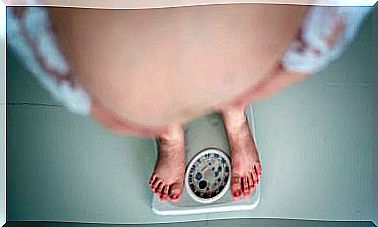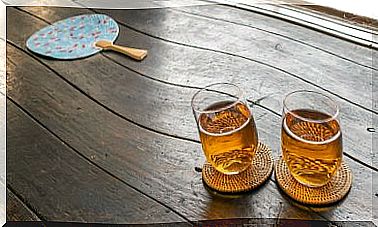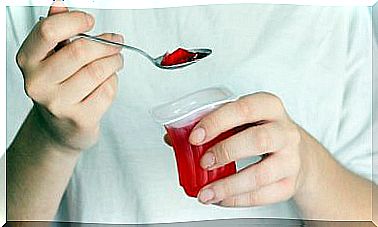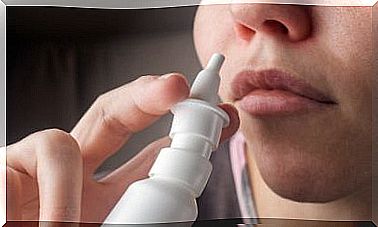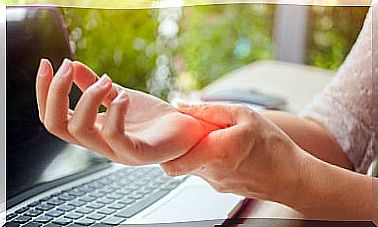Dead Butt Syndrome, It’s Not A Joke!
Dead butt syndrome is a condition that affects quality of life. It can cause pain and stiffness in different areas of the body. It is caused by sitting for a long time.
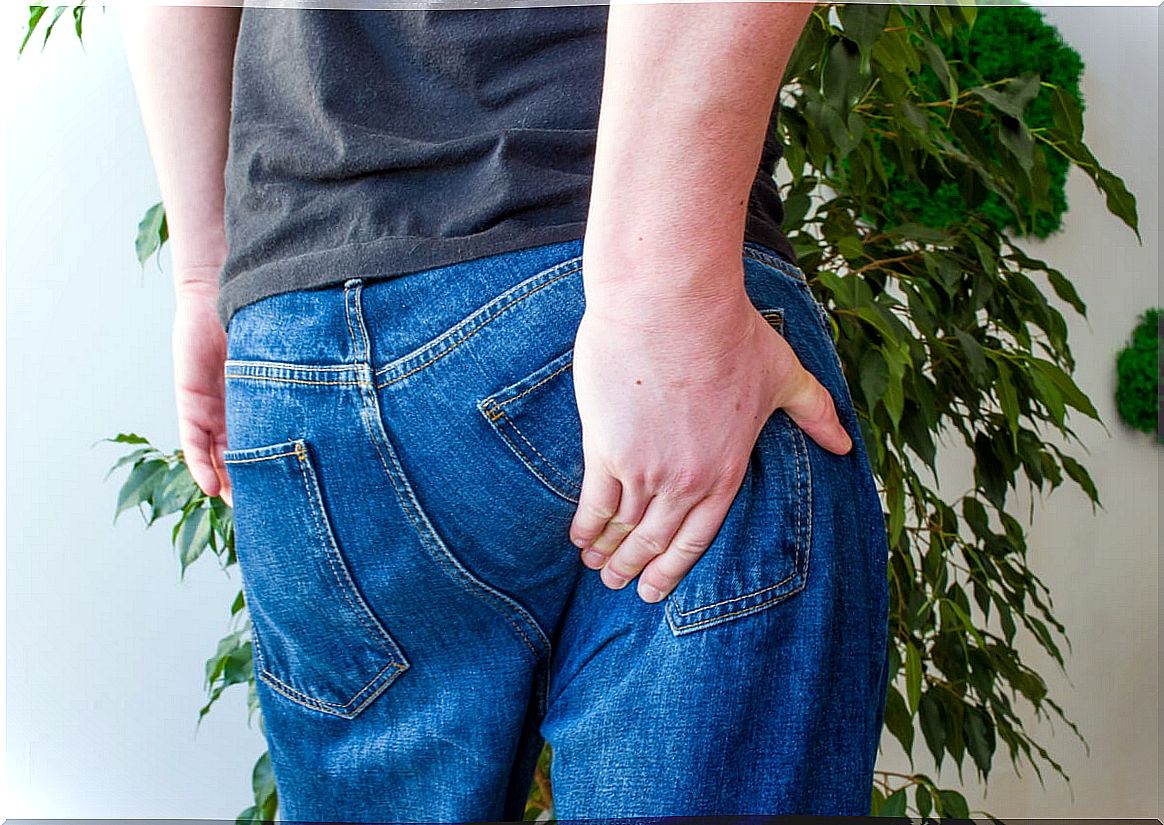
When talking about dead butt syndrome, it seems like it was just a joke. However, this is not the case. This type of injury exists and is, in fact, quite common. Although it does not imply a “death of the ass” as such, it does imply a significant atrophy.
It occurs when the gluteus medius stops working as it should. This can occur in people who spend a lot of time sitting, but also in those who perform physical activity, without working the area sufficiently or adequately.
The worrying thing is that dead butt syndrome has several consequences. The most important of these is that it causes pain in the lower back and hip. Also knee and ankle problems. This is due to the overexertion of those muscle regions to compensate for the deficiency in the gluteus medius.
What are the symptoms?
Dead butt syndrome is also known as gluteal amnesia . It is assumed to be present when a person spends a long time sitting and begins to experience pain in one or both hips, lower back, or knees.
Sometimes that pain projects down the leg. It is very similar to the discomfort caused by sciatica. There may also be stiffness in the hips or lower extremities. If you take only one hip, it is common to feel pain when lying on that side.
Dead butt syndrome causes the curvature of the back to be affected. Naturally, the bottom should form an “S”. If it is too pronounced, there will be strain on the hip flexors caused by gluteal amnesia.
Main causes of dead butt syndrome
The main cause of dead butt syndrome is sedentary lifestyle. In particular, spending too much time sitting or lying down leads to lengthening of the gluteal muscles. This, in turn, leads to the hip flexors tightening.
The hip flexors are responsible for the movement of the legs when walking, running or climbing stairs. If the muscles are tense and the gluteal muscles are elongated at the same time, the gluteus medius tendons may become inflamed.
The gluteus medius is on the buttocks and is one of the smallest muscles in that area. Therefore, the tendons that support it are fragile and very vulnerable. Not only sedentary people are prone to developing this problem. Athletes and ballet dancers are also risk groups.
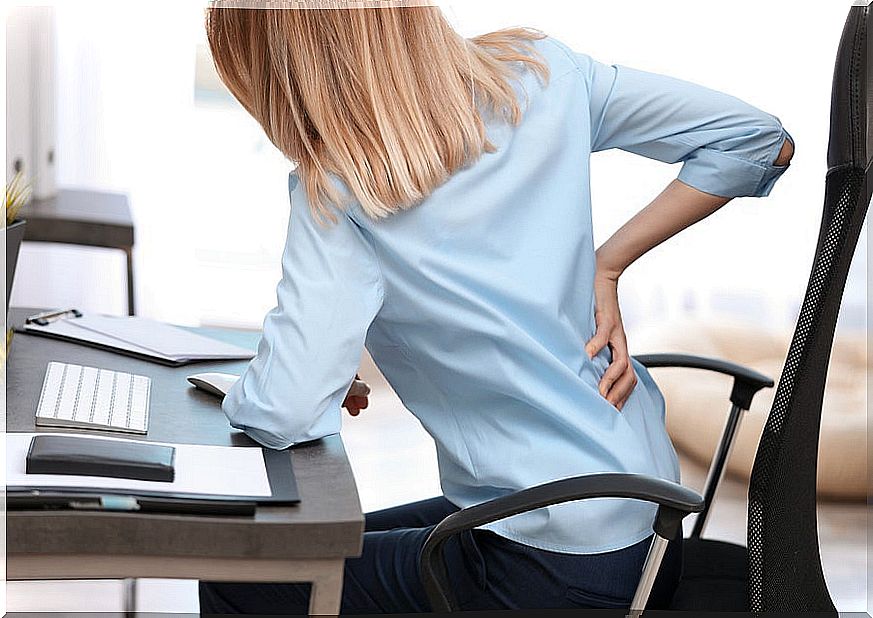
How is dead butt syndrome diagnosed?
Dead butt syndrome is diagnosed by a doctor’s office scan. The professional will inquire about the location of the pain that the patient experiences and the places where stiffness is present, if any.
The patient may be asked to stretch or move the legs in different positions. You will request that you report any sensations that arise while doing the exercises.
Sometimes an X-ray or CT scan is indicated. These are not done to diagnose dead butt syndrome, but to rule out other possible conditions. The gold standard for gluteal amnesia is the Trendelenburg test.
Trendelenburg test
This is a very simple test to detect dead butt syndrome. It can be done at home, although the ideal is for the doctor to make the final evaluation. It comprises three actions:
- Stand up and lift only one leg. Then extend it forward.
- Observe and touch the pelvis that corresponds to the same side of the body that the leg was raised.
- Repeat the same actions with the other leg.
When the pelvis sags on the same side of the body that the leg was raised on, it is a sign of dead butt syndrome on the opposite side.
Available treatments
Treatment of dead butt syndrome will depend on the level of progress of the injury. Likewise, of the athletic requirements of the patient. It is not the same to treat an office worker than a sportsman or a dancer.
The most common measure is to recommend rest and some home practices such as the following:
- Ice or cold compresses: should be applied to the area to reduce pain and inflammation.
- Compression: sometimes it is advisable to wrap the affected area, which can be the knee or the back. However, this must be decided by the doctor.
- Elevation: keeping your legs elevated and well supported can be an effective measure.
If the case is severe or severe, physical therapy treatment may be required. In some cases, platelet-rich plasma (PRP) therapy may be necessary. It consists of a set of injections that accelerate recovery. Pain relievers will also be prescribed to reduce pain.
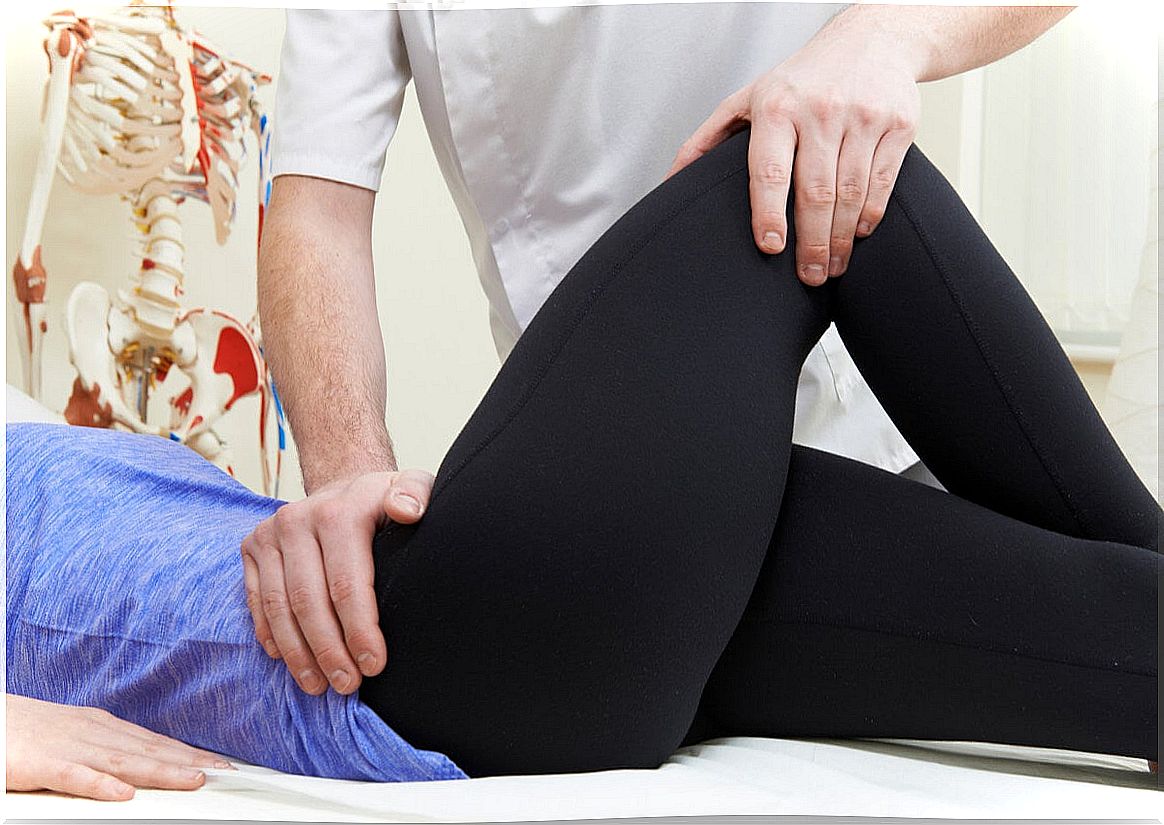
How can it be prevented?
The best way to prevent dead butt syndrome is by avoiding a sedentary lifestyle. It is best not to sit for more than an hour. After that time, the best thing to do is to stand up and walk a bit.
Climbing stairs frequently is ideal. Not only does it help prevent this discomfort, but it is also a good cardiovascular exercise and good support to keep the weight at bay. A person who does sports frequently should include exercises to stimulate the gluteus medius.
Some of the most recommended exercises to prevent gluteal amnesia are the following:
- Squeeze the glutes: consists of squeezing the buttocks for three seconds while pulling the shoulders back and the abdominal muscles are kept inward. The legs must be apart.
- Squats: while standing with your legs apart, bend your knees until your thighs are almost parallel to the floor. Then get up and repeat. The muscles of the abdomen should be tight and the back straight.
- Leg Raises : Lying down, lift your legs, keeping them straight, as much as possible. Then lower your legs until you almost touch the floor. Repeat 10 times.
- Gluteal bridge: lying down, with your shoulders against the floor, bend your knees and lift your hips. Then lower it and repeat.
Dead butt syndrome is not a joke and deserves attention
With the right habits and exercises, you can overcome dead butt syndrome. If this routine is maintained on a weekly basis it is possible that the problem will never appear again.
For athletes or those who engage in regular physical activity, it may be necessary to consult with the coach or a sports physician. A trained professional can recommend proper routines to prevent the problem from recurring.

